Physicists demonstrate a time mirror for the first time, reversing electromagnetic waves in a laboratory led by Dr. Hussein Moussa.



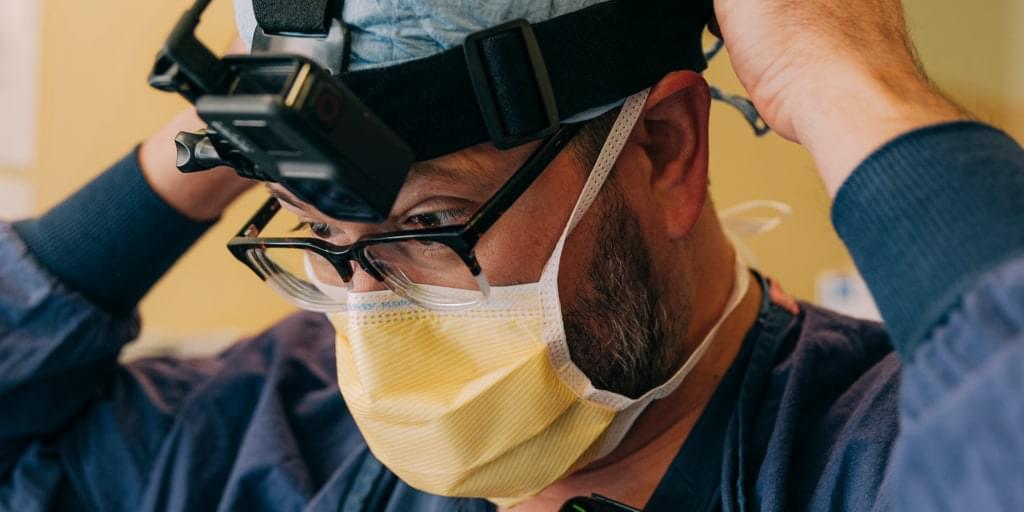

Agentic architecture is the foundation of the current evolution of AI. It’s an AI system development approach that emphasizes autonomy, self-direction and self-improvement. This architecture supports multi-agent collaboration, integration with key enterprise systems and self-learning ecosystems. Instead of being programmed for specific tasks, AI agents in an agentic architecture continually evolve, shifting from task-based automation to proactive, AI-driven decision making.
Why Business And Technology Leaders Should Care
The shift to agentic AI represents a strategic transition from viewing AI as a tool to recognizing it as a strategic partner. This fundamentally alters how companies function and will redefine the roles of business and technology leaders and their interactions with AI moving forward.
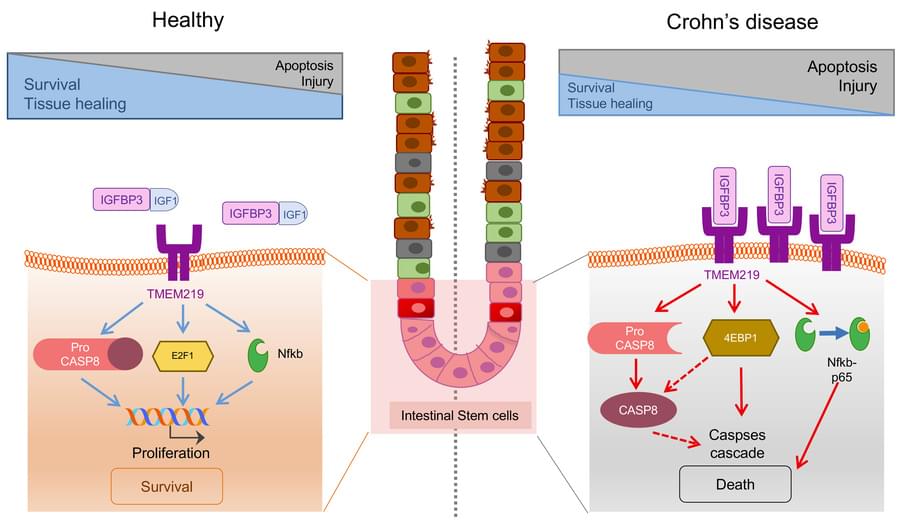
Paolo Fiorina & team show TMEM219 blockade re-establishes intestinal self-renewal properties in inflammatory bowel disease:
The figure shows colon samples of naive mice, mice receiving T cells plus PBS, and mice receiving T cells plus anti-p40 or ecto-TMEM219.
1International Center for T1D, Pediatric Clinical Research Center Romeo ed Enrica Invernizzi, Department of Biomedical and Clinical Sciences, Università degli Studi di Milano, Milan, Italy.
2Division of Endocrinology, ASST Fatebenefratelli-Sacco, Milan, Italy.
3Enthera, Milan, Italy.
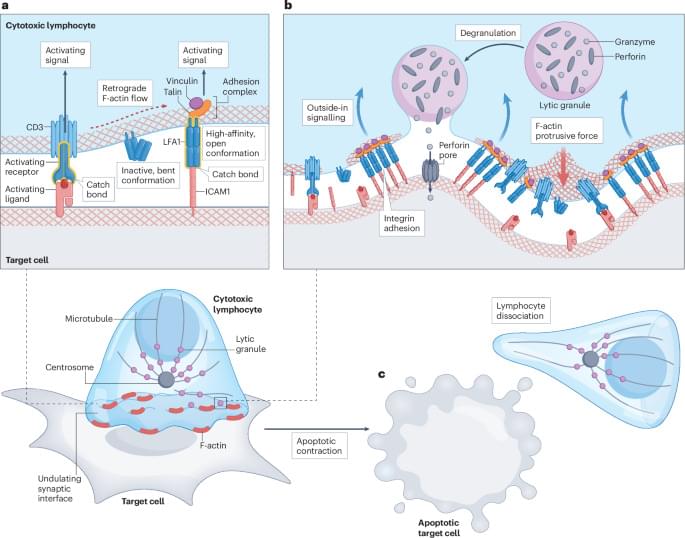
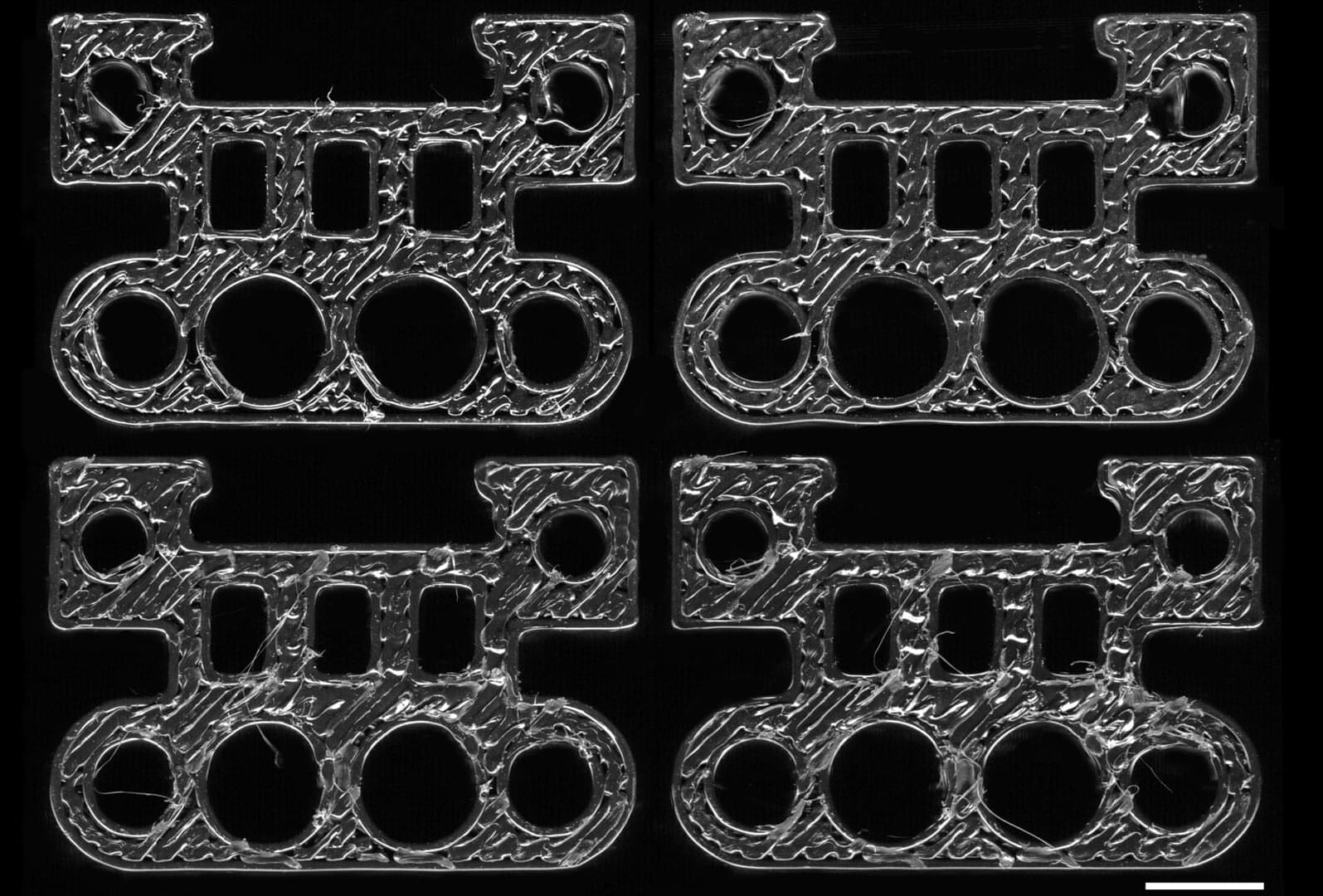


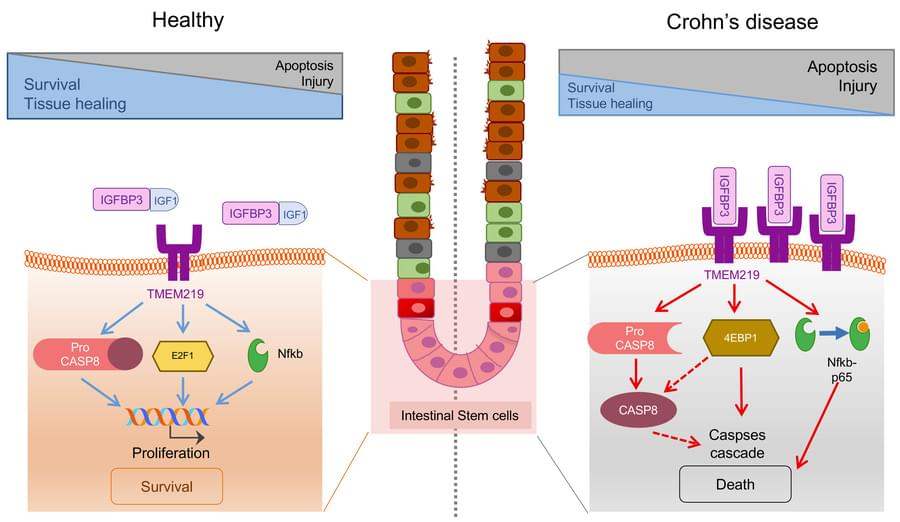
A research team affiliated with UNIST has unveiled a novel extracorporeal blood purification technology that captures and removes bacteria from the bloodstream by leveraging sticky, clot-like surfaces. This breakthrough could pave the way for new treatments against deadly systemic infections, including sepsis, even those caused by antibiotic-resistant bacteria. The work is published in Advanced Science.
Led by Professor Joo H. Kang, from the Department of Biomedical Engineering at UNIST, the research team announced the development of an innovative extracorporeal bacterial purification device that utilizes artificial blood clots. Similar to dialysis, the technique involves extracting infected blood outside the body, adsorbing bacteria onto artificial thrombi, and then returning the purified blood to the patient.
The newly developed extracorporeal blood purification device (eCDTF) features a spiral structure inserted into the central tube. Inside this spiral, artificial blood clots are embedded, which attract and trap bacteria flowing through the tube. Composed solely of plasma proteins without any cellular components like white blood cells, these artificial thrombi facilitate effective bacterial adhesion to the device’s surface.